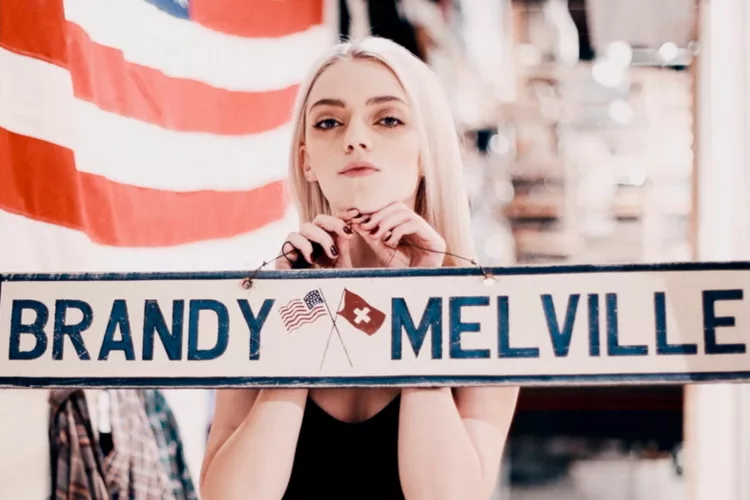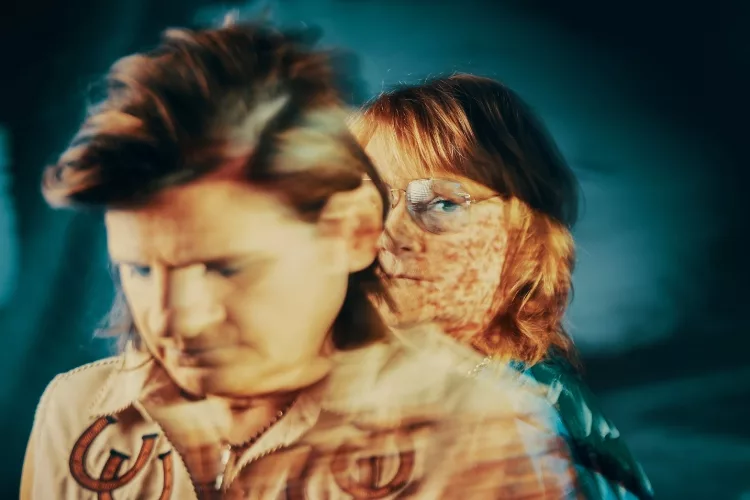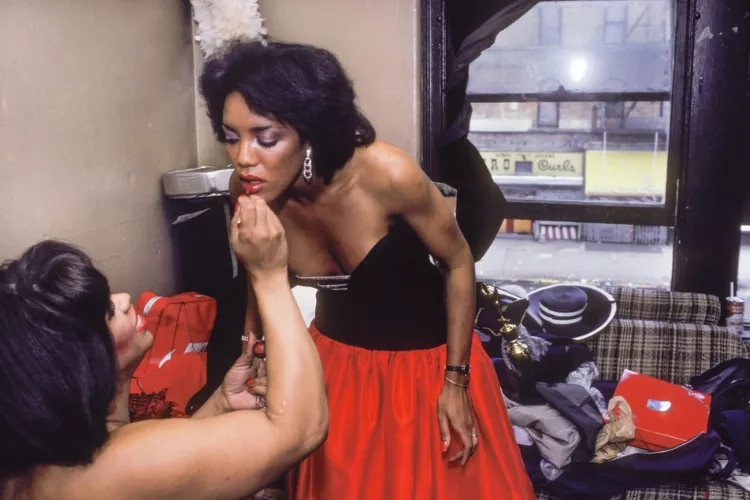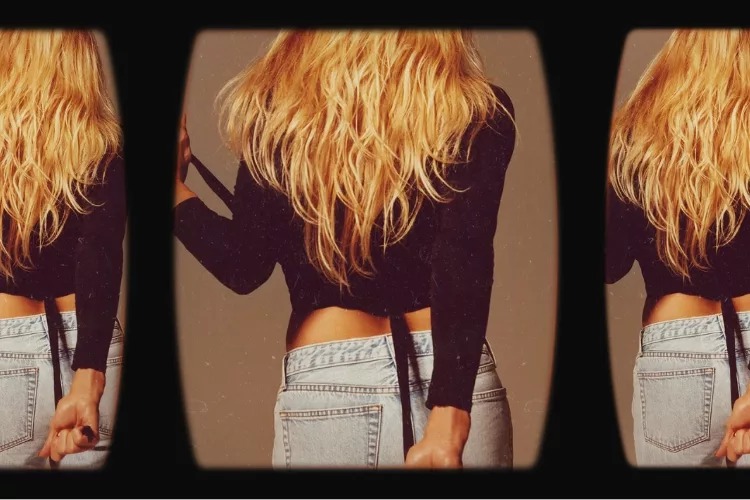If you like the craftsmanship of Haute Couture, but dislike the environmental impact, check out Alec Smith, the industry veteran behind the fashion line Spectre Høs.
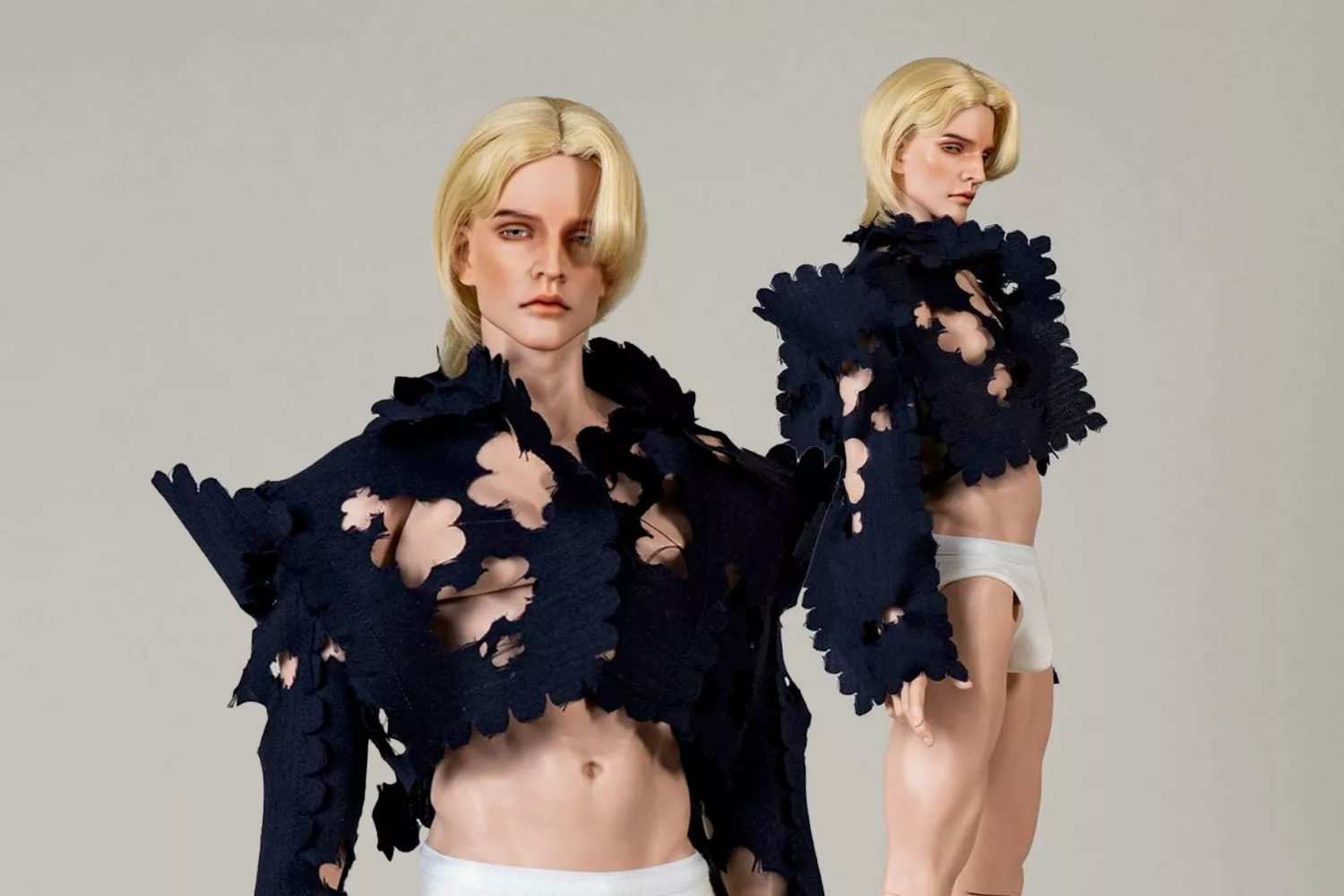
How can you be a maker of things – and specifically fashion when we are living on a planet that already has too much stuff? Many creatives today are rejecting the traditional path of working for a large fashion brand. How do you still manage to create when the mass production model doesn’t align with your values? We’re meeting with makers creating their own paths to discover how they do it.
We know that more planet-friendly materials are permeating high fashion runways. But an haute couture show, “a 20-minute event that takes six months to create, can never be sustainable”, commented Orsola de Castro, co-founder of Fashion Revolution. Considering the total carbon expenditure emitted by thousands of people in fashion flocking across the globe to these biannual events, Orsola’s assessment is no exaggeration.
Enter Alec Smith’s brand, Spectre Høs. Here, you won’t miss out on the extravagant details characteristic of Haute Couture. Having worked behind the scenes in the fashion industry for decades, Alec is a master of cutting and structuring. Not one garment is shy of exciting embellishment, and no two pieces are alike. Alec doesn’t skip steps and manages to create incredibly intricate microscopic laces, frills, and even wings with an insane level of precision.
…but you’ll never be able to wear them because these are made for dolls.
Creating mini-sized clothes with zero pressures about mass scaling allows Alec to be super prolific. Now, after only 2 years, Alec has done 20+ collections for his own label, and each opens a different conversation that allows us to reimagine queerness.
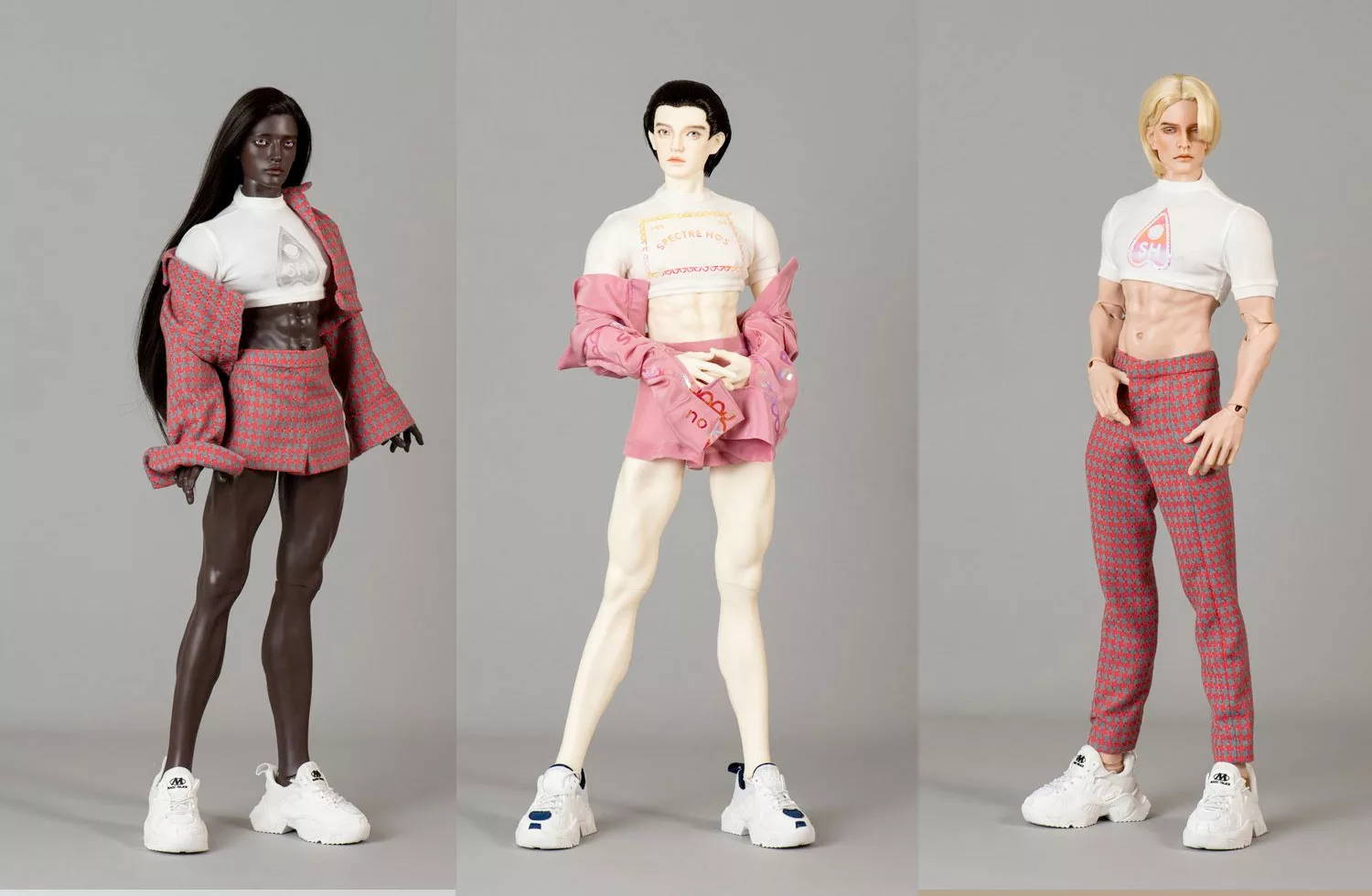
Jacqueline/NKM: Why did you choose the name Spectre Høs? What’s the thought behind it? Alec Smith: It’s an anagram of “The process”. When I first started a few years ago, I had a lot of external stressors, so I needed a creative outlet –something free from the pressure of making sales. I genuinely just wanted to dive deep into the process of just creating. Whether or not what I made ever got shown or whether or not it was even finished, I didn’t care. I just needed to be able to do it.
How did you get started in fashion? I went to school for design. I started out in Los Angeles, and then I went to London. When I was in London, I switched to pattern making, which was a lot more interesting. And I’ve been working steadily in the industry since then. I’ve been able to work in Reykjavik and Tokyo before moving to New York. I’ve been one of the technical, behind-the-scenes pattern makers for over a decade, which I’m really thankful for because I’ve learned firsthand what to do and what not to do.
What draws you into patternmaking?
It’s like solving a problem and finding/inventing creative solutions. I like physically working with things. It was gratifying and got my brain to work a bit harder than just designing.
I am a tactile learner. Some people can think and make up a process. But for me, to get that final result, I need to actually touch it and do things with it. I need to be able to be physically involved in it in order to figure it out. I have to work through it, whether pinning it or sewing it.
What inspired you to become a designer?
I have been designing since I was a little kid. First, I sketched stuff and started physically making stuff when I was about 12. And now, I got back into designing because I had a lot of ideas in my head that I needed to explore. I thought of what would be a fun collection or a fun thing to do, etc. They have stockpiled there for years.
Aside from my own designs, Spectre Høs has been another space where I can be fully creative without playing by industry rules. I could explore my ideas without repercussions or consequences in the larger scheme. I could make it and then not care about how it performs in the market: if it didn’t work, it didn’t.
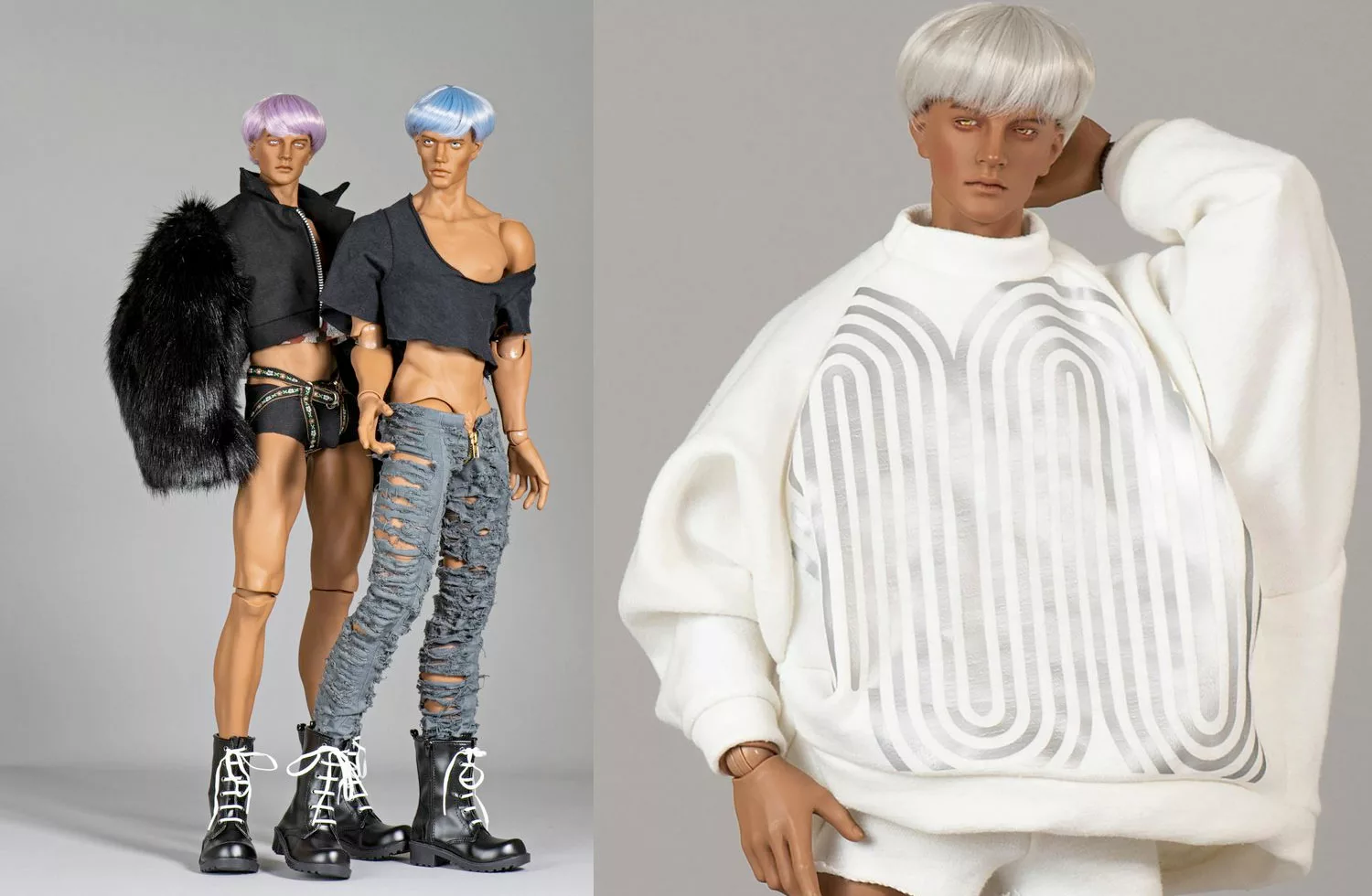
You have been immersed in the fashion scene in New York, London and Tokyo. How does that influence your work?
One of the big things I’ve learned in the industry is how to (and how not to) treat people. It’s a lot better now, but interns were not treated very well in London at the time. Things were tough, but it was a good experience as it taught me how to treat people. Creatively, London offers more freedom than New York.
New York is obviously more concerned with wearability. Moving to New York was definitely switching into full business mode. Everything was serious; everything was super business-focused and super money focused. I learned what to do and what not to do, where to put energy, and where to just let go.
Such great life lessons! Share with us about when you had your own (human-sized) label in NYC? What were the messages that were important to you during that time?
It was definitely a creative outlet when I started. I was focused on the representation and the semiotics of genders. I explored what is considered masculine, what is considered feminine, and what we inherently decide as queer. Again, I was really conscious of the negative impact of scaling. That’s why when it started, it was not for production; it was not for the greater “industry” because I was really apprehensive about being a part of that. And I knew that I couldn’t pay the workers, so I didn’t want to involve other people.
At the core of Spectre Høs is: “What is apparel? What is a piece of clothing?” Independent from who is wearing it, what size they are, or what gender. I also want it to be separate from the exploitation of others and not contribute to the industry’s negative side.
Spectre Høs is your way of showing people that the definition of queer is not really the definition of queer, and you can reinvent it. Am I right?
Yeah. The exciting idea about being under the “queer” wording or the “queer” umbrella is that there’s a lot of variety in it, and there’s a lot of room to play. How you express that can be obviously through gender and sexuality, but I think it can go deeper. It can be about your thought process, what you would carry on your personal self, and what you carry in your mind. That’s what’s really exciting. It allows you to look outside of the norm.
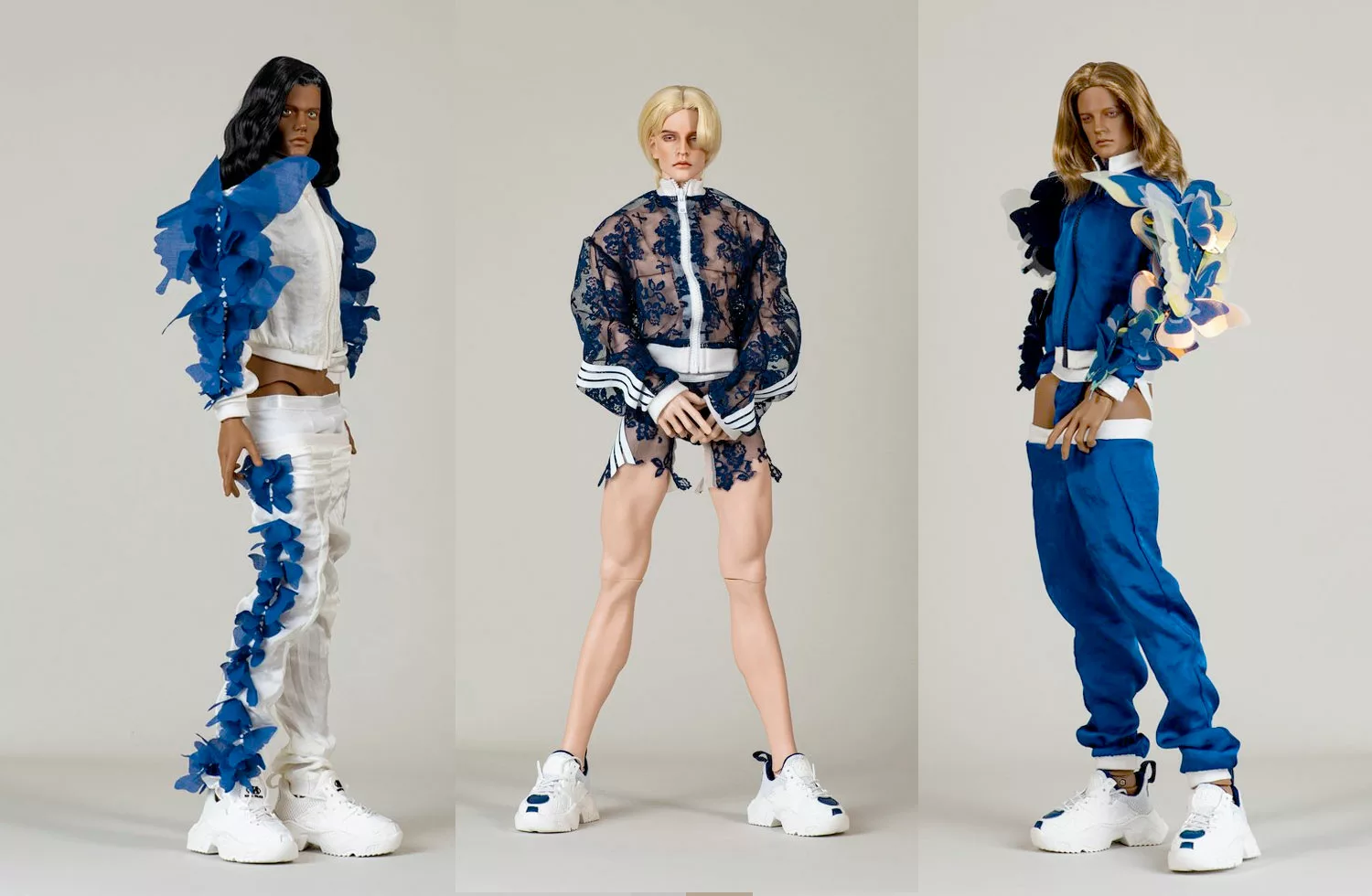
Definitely, an exciting possibility to expand the definition. But what made you decide to switch from human-sized to doll-sized?
I’ve always loved dolls. I grew up playing with dolls with Barbie. And it got me thinking, like, “Oh, I can apply what I wanted to and to this new form.”
It also automatically cuts out many things that I worry about. It cuts out problems with fabric waste and problems with paying people. I can make little tiny clothes and still keep the core of Spectre Høs where “if it works, it works. If it doesn’t, it doesn’t.” But the damage is much more minor.
How did the customers respond to this change?
I went to an even more “niche” niche. [The change] took me from a niche of queer clothing to doll-size clothing and even a niche within the doll area. Most people within the doll community make outfits for 12 inch dolls, which are primarily female; and they’re always beautiful gowns and dresses. Being in my niche limits my ability to sell things and make money. But on the flip side, it has allowed me to be more creatively fulfilled.
A lot of people were confused and surprised at the beginning. It’s still quite an odd idea to be a doll fashion designer, and there are many connotations, both positive and negative. But I’m lucky that I’ve been able to meet a lot of cool doll people, gain some connections there and start selling.
How can you do all the intricate details on the tiny doll clothes?
I use a cutting machine for a lot of the heat transfers. I get on the computer, and it cuts it for me. Some of the smaller pattern pieces are done entirely on computers.
I’m actually moving everything to digital to work through some of the more demanding details and get a better end product. Transferring things to another machine helps me get those small details. It’s a learning curve, especially to get the shapes, corners and curves correct.
I notice a lot of pop culture references in your Instagram posts. What are your go-to pop culture influences?
I look to a lot of things in the past. Certain things in certain decades. Right now I’m taking inspiration from ’80s pop which is a soft spot. I’ll always pull inspiration from those the ’80s and ’90s.
Though not the best for the artists, streaming technology definitely helps with pop culture consumption. Being able to watch TV shows, and movies and listen to music from a variety of time frames and artists has been really helpful in producing and creating.
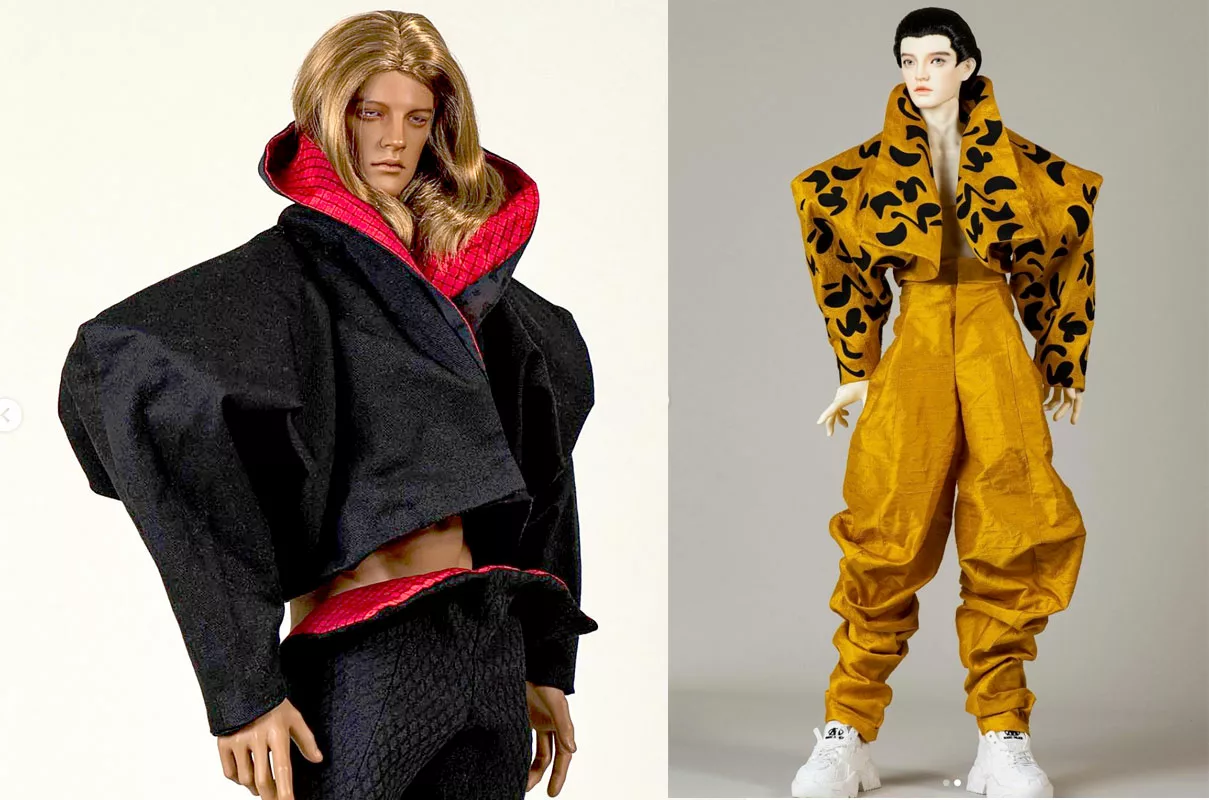
What were your fashion influences when you were younger?
When I started in my early teens, it was Alexander McQueen. He was very integral to everything. He passed away while I was living in London. I was part of the same school system that he had graduated from. It was like reverberations. Everyone was destroyed.
When I was a toddler, it was obviously Barbie. The fancy Barbies, like the birthday Barbies and the holiday Barbies. Another influence was TV shows like Jem and She-Ra and My Little Pony. As a queer person, I definitely tapped into the idea of entertaining pieces and how things can be fun since very young.
That’s why when you have your own creative outlet, it’s going to be campy and queer.
I think camp is a big thing. When I was younger, my sister let me watch John Waters movies, which probably wasn’t the best thing when I was young. But it put this idea of camp in my head.
I didn’t realize it was camp. I thought Hairspray and Crybaby were just comedies. I didn’t know all the camp aspects about them, but it set me up to appreciate those things as an adult.
What is your next venture?
I’m launching physical products next year. I plan on having more sizes and a variety of dolls.
I’m also doing my own digital prints, which has always been something I’ve wanted to do but haven’t really had the means to do. It was time to switch from heat transfer and vintage fabrics to something I have more ownership of.
Where can we find and buy your products?
They’re going to be on my website spectrehos.com. Probably coming this summer.
They are going to be one-of-a-kind pieces, and all prints are custom.
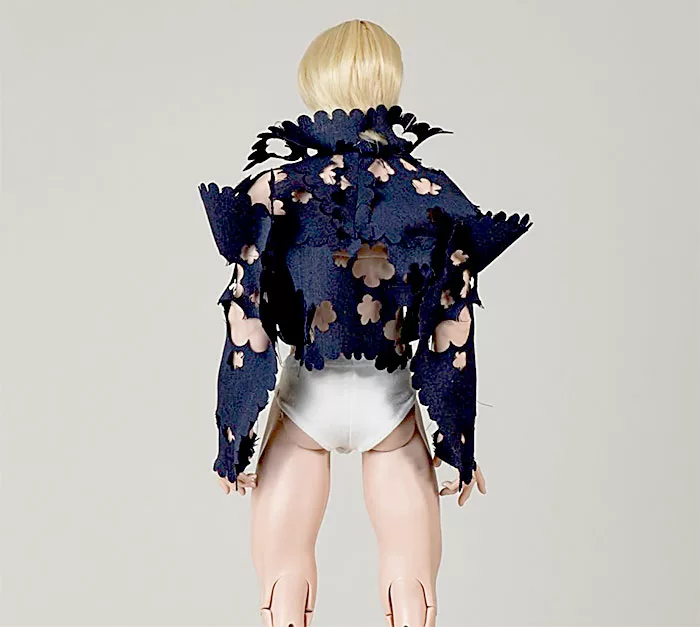
Don’t miss out on Spectre Høs’ latest drop at spectre høs: https://www.spectrehos.com/
IG: https://www.instagram.com/spectrehos/
–Jacqueline Pham
Related Articles
- Sustainable Haute Couture Designers We’re Watching
- It’s a Barbieworld This Summer
- Safe Sex Turns Me On…an interview with Nate & Hila
- Culture Dose | Crying in H Mart | The Lesbian Bar Project | Path of Wellness
- THIS is Queer Fashion
- our favorite queer teens and young adult characters in TV
- Fashionopolis | Queercore | Goat Girl

